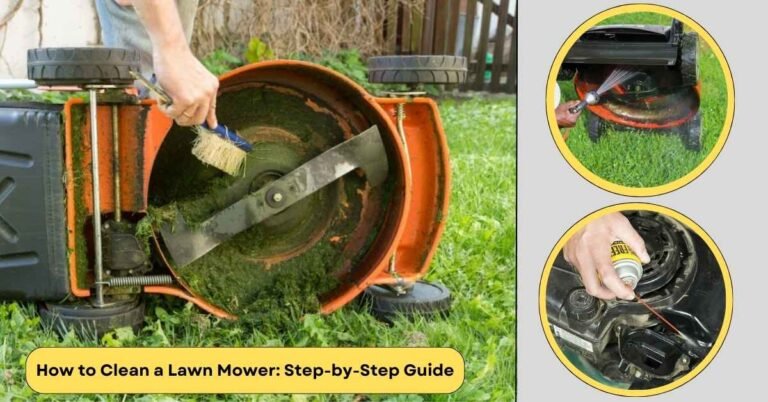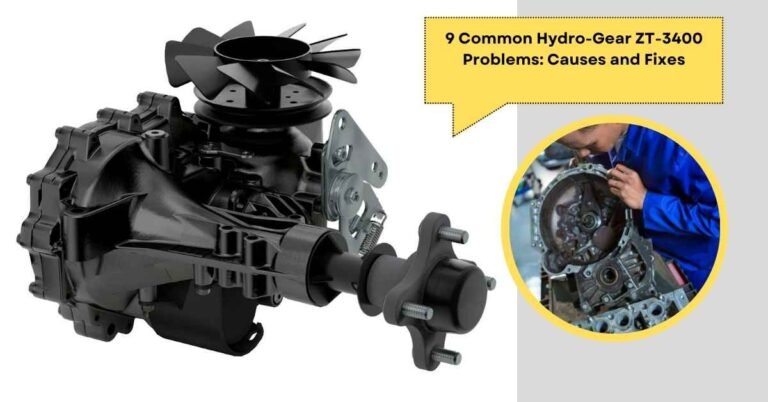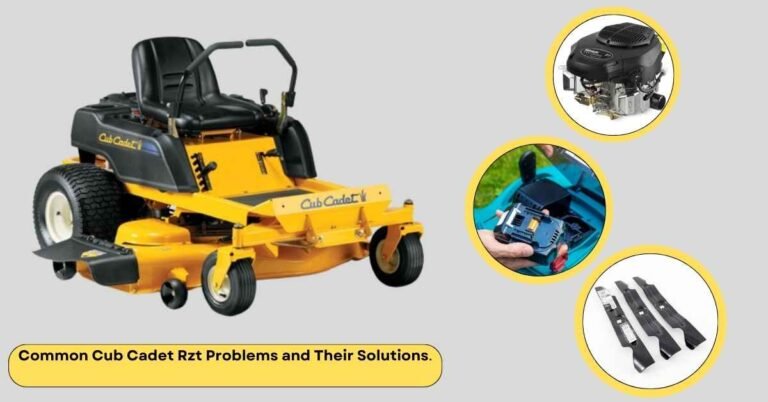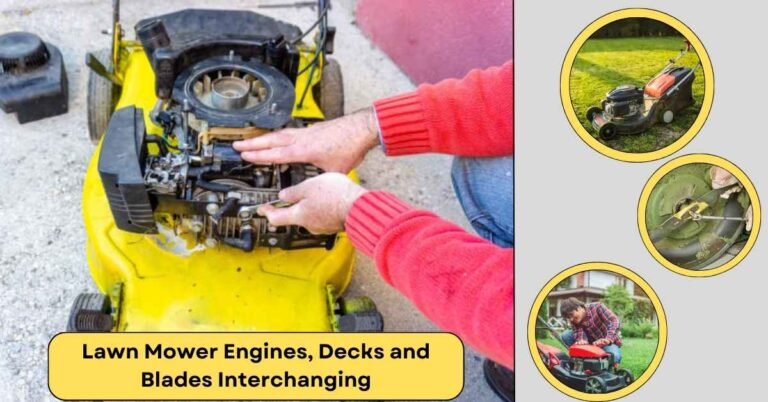Lawn Mower Maintenance Checklist and Tips: Everything You Need To Know
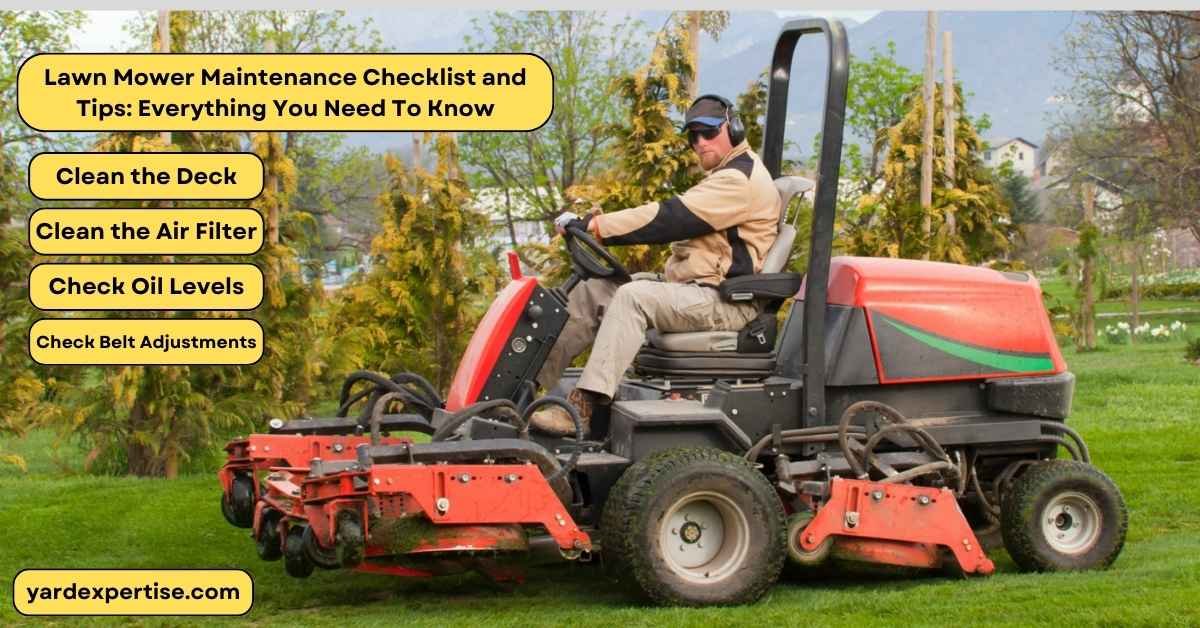
A lawn mower is a very useful tool for gardeners and homeowners worldwide as they can easily keep their yards neat and clean with the help of this amazing piece of equipment. But similar to any other tool or machinery, lawnmowers require regular and annual care and maintenance to improve their performance and longevity.
Checklists help gardeners and homeowners to go through them and make sure that their mowers receive the best care and maintenance. A checklist is useful in this regard as it decreases the chance of missing key maintenance steps and ensures that the mower stays in a fit condition.
Regular maintenance is done before and after operating a mower. Lots of parts require regular cleaning and servicing which need to be checked regularly. Seasonal maintenance is for parts and mechanisms that do not require regular attention as they can function for a long time without servicing. But they still require season checkups to ensure that they function smoothly the whole season.
Regular Lawn Mower Maintenance Checklist
A regular lawnmower maintenance checklist is a helpful list to go through before and after using the mower. It helps to make sure that no part gets overlooked during maintenance and that the mower stays in a pristine condition. The checklist is given below.
Clean the Deck
Keep the underside of the deck clean of dust, dirt, debris, and other junk. This will not only help to rotate the blades more smoothly but it will also increase the longevity of the deck. Clean the underside with a dry cloth or wire brush. 
Clean the Air Filter
The air filter on a lawn mower constantly has to filter dust and other materials from the air to supply purified air to the engine which causes the filter to get dirty very frequently. Check the air filter before and after each operation and make sure that the filter is clean and in good condition. Replace the filter with new replacement parts if it gets too clogged or damaged.

Clean the Oil Filter
The oil filter filters the oil coming from the fuel tank to make sure that the fuel supplied to the engine is clean and of good quality. This gradually causes the oil filter to get dirty with time and usage. Check and clean the oil filter regularly to make sure that only fresh and clean gasoline enters the engine. Replace the oil filter if it gets beyond repair.
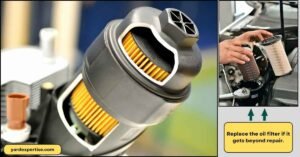
Check Oil Levels
Checking oil levels is another important aspect that should always be on your checklist. Insufficient engine oil or gasoline can cause various issues like engine misfiring, engine stalling, irregular noises, and so on. Always check the oil levels before taking the mower out for a run.
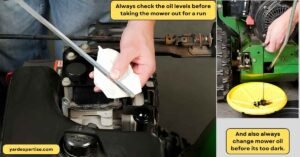
Check Belt Adjustments
The belts that wrap around the spindles and pulleys to drive the mower and rotate the blades can get misplaced with time and usage. Check and make sure that the belts are working as intended. Adjust them accordingly if they become displaced.
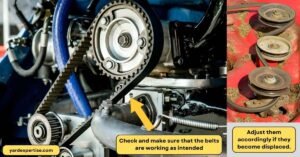
Lubricate Spindle Assembly
Lubrication is very important to make sure that the parts avoid friction and run as smoothly as possible. Lubricate the spindles before taking the mower out for a run to ensure top-notch performance.
Clean Radiator
The radiator helps to cool the engine and keeps the entire machine from overheating and malfunctioning. Clean the radiator regularly with a wire brush to make sure that it stays in good condition and prevents overheating.
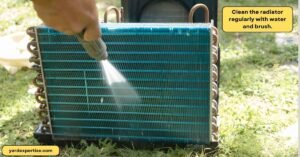
Clean Transmission and Engine Coolers
The fans that keep the transmission and the engine cool undergo a lot of stress and accumulate a lot of dust, carbon, and other junk. Regularly clean these fans to keep the transmission and the engine from overheating.
Check for Loose Nuts
The mower shakes and vibrates a lot during operation which can result in some nuts and bolts getting loose or coming apart. Check for any loose nuts or bolts on the mower and tighten them accordingly to avoid dangerous accidents.
Check Battery Connection
Battery connections can get loose with time and usage and the connection points and the wires can also get corroded over time. Check the battery connections and make sure that the battery is providing electricity. Use a wire brush to clean the corrosions if they accumulate on the connection point.
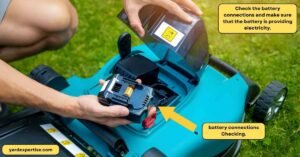
Check Tire Pressure
Regularly check the pressure of all of the tires, especially before taking it out for a run. Make sure to match the tire pressure according to the user manual and match the pressure of all of the tires to avoid mowing the lawn with a crooked mower.
Sharpen and Balance the Blades
The blades will get dull with time and usage and will require sharpening and balancing. Sharpen the blades with a hand file, angle grinder, or bench grinder and balance both sides of the blades by putting the center of the blade on a small block of wood.
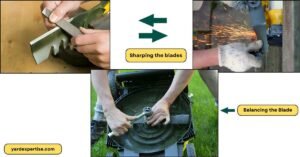
Check Spark Plug
The spark plug provides the necessary flicker to start the combustion process inside the engine to start and operate the mower. Spark plugs can malfunction if the electrodes accumulate dust, dirt, or carbon or if the gap between the electrodes gets too wide or narrow. Check the spark plug regularly and make sure that there is no carbon accumulation and that the electrodes are functioning properly.
Seasonal Lawn Mower Maintenance Checklist
Your mower also requires various seasonal care and maintenance along with regular servicing. Some parts need to be replaced annually as they break after time and usage. The checklist containing all the seasonal servicing is given below.
Replace Blades and Belts
The Blades and the belts are some of the most important components of a mower and they work under a lot of stress. This causes them to wear down. Replace the blades and the belts of your mower annually to ensure the best performance.
Replace Spark Plug
Spark plugs might also require replacement after a year or so. Check the spark plug and make sure to replace it with a new one if it gets beyond repair.
Change Oil
Change the engine oil annually to keep the internal parts of the engine properly lubricated with fresh engine oil Drain the old oil through the drain plug and refill with high-quality oil recommended by the manufacturer.
Change Fuel
Changing fuel annually helps to keep the engine health in a better condition. Old or stale fuel can cause various problems such as engine misfiring, engine stalling, and engine failure. Drain all the fuel through the drain plug and refill the fuel tank with fresh and clean gasoline. Use a fuel stabilizer if you wish to store the mower for a long period of time.
Check Fuel System
Fuel systems can get clogged or sprung a leak because of time and usage so make sure to check the fuel system seasonally. Check the fuel pump, the electrical wires, the connections, the bushing, the valves, and the fuel lines, and make sure that they are working as intended. Repair or replace them as necessary if issues arise.
Lubricate Axles and Transmission
The axles and the transmission also need lubrication to function properly. Usually, their lubrication does not need to be changed frequently but over a long time, the lubrication deteriorates. Apply lubrication to the axle and the transmission at least once a year or when they start to make irregular noises.
Replace Filters
The oil filter and the fuel filter both get dirty with time and usage and cleaning them will not be adequate after a while. Replace the oil filter and the air filter to ensure that the air supply and the fuel supply stay smooth and the engine stays in good condition.
Lawn Mower Maintenance Tips
Here are some common tips to make lawn mower maintenance activities more convenient and easier for you.
Cleaning and Inspection Tips
Always use a dry cloth or wire brush to clean dust, dirt, debris, and junk from the mower. Clean the underside of the deck and the blades regularly to ensure that the blades run smoothly. Take pictures before disassembling any part for cleaning purposes as it will make the reassembling tasks easier. Mark the cleaning procedure on the calendar to avoid missing a scheduled cleaning.
Oil Maintenance Tips
Avoid using stale or dirty fuel in the fuel tank and check the fuel quality regularly with the dipstick. Always use high-quality and fresh gasoline for the fuel tank and the recommended engine oil.
Air Filter Maintenance Tips
The air filter gets dirty very frequently and you should clean it regularly to avoid issues like engine misfiring or stalling. Wash the filter thoroughly after each 25 hours of usage.
Spark Plug Care Tips
The spark plug plays a vital role in starting the ignition cycle of the engine. The spark plug gets dirty and accumulates dirt, dust, and carbon build-up around it. Use a dry cloth to wipe it when it gets dirty. Check the gap between the electrodes and adjust them if it gets too narrow or wide.
Fuel System Maintenance Tips
Using fresh and clean gasoline is the most important tip that ensures not only smooth performance but also longevity of the engine and the fuel system. Regularly clean the fuel filter to ensure that the fuel system stays functional.
Blade Maintenance Tips
Clean the blades with a dry cloth or wire brush before and after mowing the lawn. Remove the blades for further cleaning if necessary. Regularly sharpen the blades and balance the weight on both sides of the blades by hanging it from a rope or balancing it on a block of wood where both sides can move down freely. Grind the metal on the heavier side or the side that went down until both sides balance properly.
Lubrication Tips
Lubricate all the moving parts regularly such as the spindles, the blade mount, the belts, and so on. Always check and make sure that the fluid level is sufficient in the transmission or the axel. Use recommended high-quality lubricants for all the parts.
Seasonal Maintenance Tips
The most important seasonal maintenance tip is ensuring that the mower is stored with a fuel stabilizer after fogging the engine. Fog your engine with fogging oil before storing it to make sure that the internal parts are protected from rusting.
